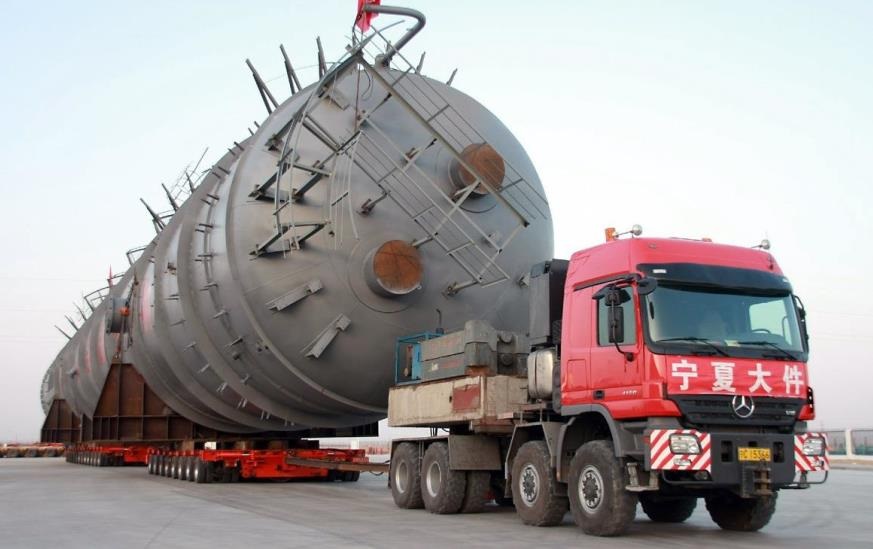

The heavy transport logistics industry plays a crucial role in facilitating the movement of oversized and overweight cargo, such as machinery, equipment, and construction materials, across the globe. However, this sector faces a unique set of challenges that require innovative solutions to ensure the safe and efficient transportation of these heavy loads. Here, we will discuss some of the key challenges faced by heavy transport logistics and the solutions that have been developed to address them.
Challenges in Heavy Transport Logistics
- Infrastructure Limitations: One of the primary challenges in heavy transport logistics is the limited infrastructure designed to accommodate oversized and overweight cargo. Standard roads, bridges, and tunnels often cannot support the weight or dimensions of heavy loads, leading to detours, delays, and increased costs.
- Regulatory Compliance: Compliance with local, national, and international regulations is a complex task in heavy transport logistics. Regulations governing load limits, permits, and safety standards vary from one region to another, making it challenging to plan and execute cross-border transports.
- Safety Concerns: Safety is paramount in heavy transport logistics. The transportation of heavy and oversized cargo can pose risks to road users, as well as the cargo itself. Accidents and damage to the cargo can result in significant financial losses and potential harm to human lives.
- Cost Management: Heavy transport logistics is often associated with high costs. Specialized equipment, permits, and skilled personnel are required to execute these transports safely and efficiently. Managing and optimizing these costs is a constant challenge. Visit to know more https://www.shiply.com/de/schwertransport/
Solutions in Heavy Transport Logistics
- Specialized Equipment: Heavy transport logistics companies have invested in specialized equipment such as heavy-duty trucks, modular trailers, and cranes designed to handle oversized and overweight cargo. These vehicles and tools are essential for safely transporting heavy loads and navigating challenging terrain.
- Route Planning and Analysis: Advanced route planning and analysis software help logistics professionals identify the most efficient paths for transporting heavy cargo. This technology takes into account road conditions, bridge capacities, and regulatory requirements, reducing the risk of delays and accidents.
- Permit Management Systems: Technology-driven permit management systems streamline the process of obtaining permits for oversized and overweight cargo. These systems provide real-time updates on permit statuses and ensure compliance with regional regulations.
- Safety Measures: Safety remains a top priority in heavy transport logistics. To mitigate risks, companies implement rigorous safety protocols, provide specialized training to drivers and operators, and use monitoring systems to track cargo and vehicle conditions in real-time.
- Collaboration and Communication: Effective communication and collaboration between various stakeholders, including transport companies, government agencies, and infrastructure providers, are crucial for overcoming logistical challenges. Public-private partnerships can help improve infrastructure and streamline regulatory processes.
- Sustainability Initiatives: To address environmental concerns associated with heavy transport logistics, companies are exploring sustainable alternatives. This includes the adoption of cleaner fuels, development of electric and hydrogen-powered vehicles, and the use of efficient transport modes like rail and waterways for long-distance heavy cargo transportation.
Conclusion:
The heavy transport logistics industry faces unique challenges due to the oversized and overweight nature of the cargo it handles. However, with the development of specialized equipment, advanced technology, and a commitment to safety and sustainability, solutions are continually emerging to address these challenges. As the industry continues to evolve, it will play a vital role in supporting various sectors, including construction, manufacturing, and energy, by ensuring the efficient and reliable transportation of heavy and oversized cargo around the world.






